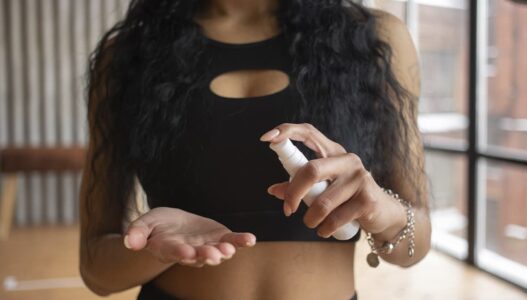In medicine, antiseptics (a set of methods for cleaning and destroying dangerous organisms) evolved for many centuries, but in everyday life, special means appeared only in the 20th century.
And although we are talking about the recent past, it is unknown who was the first to invent household sanitizers.
According to one version, the author of the invention was Lupe Hernandez, a nursing student from California, in 1966. Medical personnel constantly lacked time to wash their hands with soap and water, and Hernandez guessed to mix 62% alcohol with gel.
The Guardian printed the nurse’s story in 2012. Recently, journalists decided to track down the inventor of the sanitizer; it turned out no one knew anything about her. Only one nursing textbook mentions Lupe.
Vanity Fair reporters put forward another version of the creation of the first antiseptic.
After World War II, married couple Goldie and Jerry Lippman of Akron, Ohio, noticed that workers were using harsh chemicals, such as kerosene and benzene, to wash their hands of oil, grease and other dirt after their shifts. The pair decided to make a less harsh hand cleaner for auto repair shop workers.
The New Yorker magazine says the Lippmans first mixed the antibacterial GOJO gel (named after the couple’s first names) in the basement of Goldie’s parents’ temporary residence, then poured the liquid into pickle jars and sold it. In 1997, Purell, an ethanol-based hand gel without water, hit the market.
Purell quickly conquered America and became an integral part of medical offices, hospitals, stores, kindergartens and schools.

